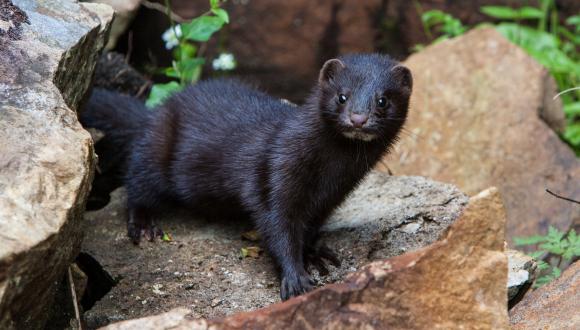A cull to eradicate mink from Lewis and Harris is to continue despite the success of a programme running almost two decades.
Last summer the “successful removal” of non-native mink from the Hebrides was hailed as a “significant achievement” by environment secretary Roseanna Cunningham and cull organisers Scottish Natural Heritage (SNH).
American mink is an alien species to the Western Isles and were imported when fur farms were established in the 1950s.
Numbers of the escapees boomed and threatened the area’s biodiversity by eating nesting wader birds’ eggs and preying on local wildlife to devastating effect.
Nearly 2,200 were caught up to last year when it was announced the scheme has accomplished its aims with only two non-breeding females and associated males caught in Lewis and Harris in the previous 18 months.
However, since then, a number of the animals have popped up here and there, forcing SNH to recruit a trapper.
A SNH spokesperson said: “This is an ongoing project and we continue to employ trappers to monitor for mink so we can respond rapidly to any possible sightings.
“Only one mink has been caught in 2019, but we continue to monitor a network of traps across the island to maximise opportunities for complete eradication.
“It has been hugely encouraging to see native birds return to the Hebrides as a result of the mink project.
“We very much appreciate the help of the local community and encourage them to pass on any sightings as quickly as possible.”
Killing hundreds of mink brought positive results with seabirds and wading birds returning to breed in the Hebrides, providing a boost for nature tourism.
Tourist boat provider SeaTrek changed its routes because colonies of terns appeared in places they were never seen for decades.
With major funding from the EU Life programme, at the project’s height a team of 12 core SNH staff worked as teams of trappers to remove mink.
Suitable terrain with the islands long coastline and over 7,500 freshwater lochs – around 24% of Scotland’s total – helped the invasive species grow to dense populations rarely reached in their native North America.
